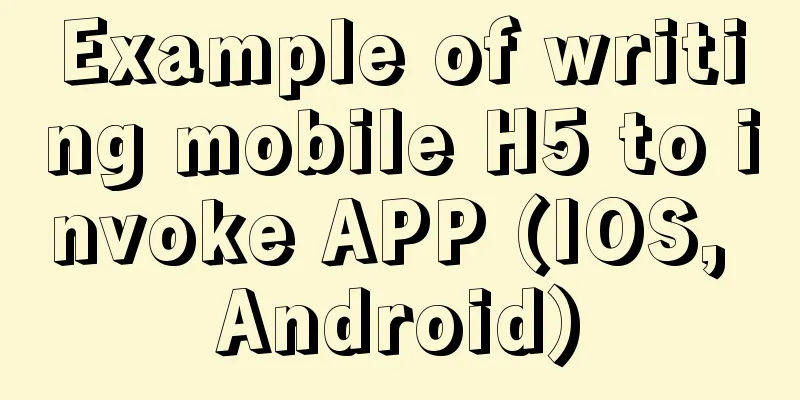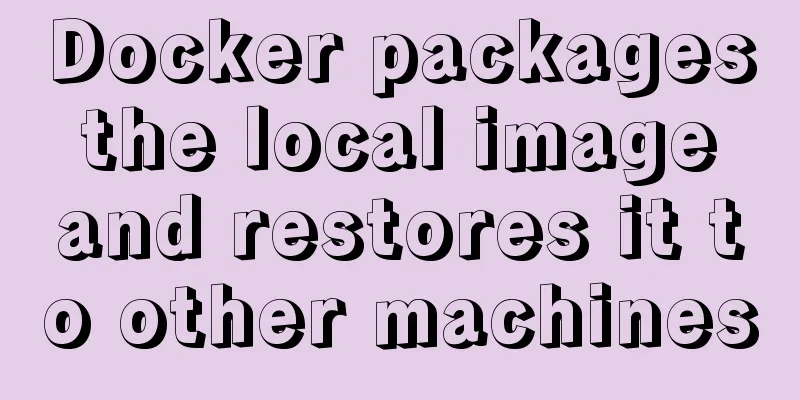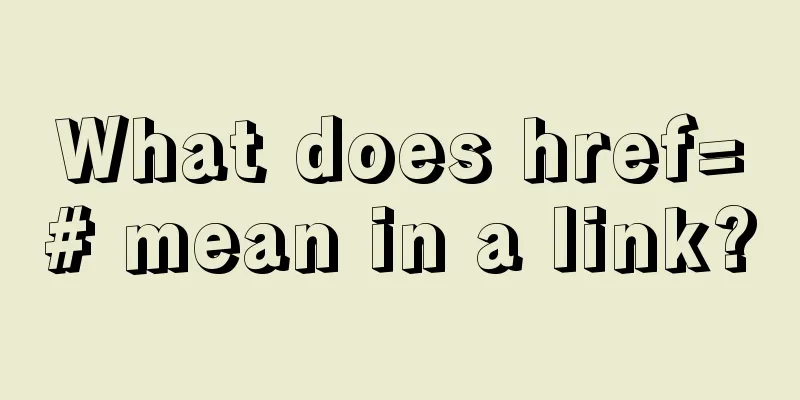Web Theory: Don't make me think Reading Notes

|
Chapter 1 <br />The most important principle for ensuring that a web page is easy for users to use is "Don't make me think." Designers should try to make the web page self-explanatory, clear and self-explanatory. Good design should allow users to use it immediately without having to spend time thinking. Every item on a web page has the potential to force users to stop and think, for example, a name. Names that seem cool, smart, marketing-like, or technically obscure often confuse users. Another example is links and buttons that don’t seem obvious; users are not obliged to think about whether something is clickable. When we access the Internet, every tiny question has the potential to interrupt our enthusiasm for access, and they will accumulate until they make people crazy and lose patience. Some things you shouldn’t ask your visitors to think about :
If you are doing something new, pioneering or very complex, and if you can't make the page self-explanatory, at least make it self-explanatory and allow users to understand its purpose with very little time and effort. Other strange and interesting user psychology: some people will stick to a website that tortures them for a long time, and are unwilling to look for a better one; some people will blame themselves first when encountering access setbacks, rather than blaming the website; human laziness and the uncertainty of starting something new often make users compromise in the face of poor access experience (who can guarantee that the next one will be better than this one?). Chapter 2 <br />When faced with a carefully designed and laid out page, users usually just glance at the page and then rely on their intuition to find and click on links that interest them or that meet their requirements. In fact, users will hardly ever actually look at the parts of the page that they don't care about. Those carefully crafted texts are more like "a billboard passing by at 100 kilometers per hour" to users. Three facts about network usage: one. Not reading, but browsing . People always spend very little time reading most pages, usually just quickly browsing the web page and then selecting the columns or text that interest them. reason:
two. It's not the best choice, but it's satisfactory . Most of the time users don't choose the best option, but rather the first option that seems reasonable. This satisfaction strategy tells us that once users feel that a link seems to lead them to where they want to go, the likelihood of that link being clicked increases greatly, even though it may not be the best choice. reason:
The amount of effort users are willing to put into weighing a choice depends on their expectations of the content, the urgency of their need, and their confidence in the website. three. Instead of getting to the bottom of things, we just deal with it . Few people take the time to research how to use a website; they usually gain experience by trying it out, finding reasons to explain their behavior and why they do it. reason:
Benefits of teaching users to use a website instead of forcing them to do so :
Previous Page 1 2 3 4 5 6 7 Next Page Read Full Article |
<<: Three ways to configure JNDI data source in Tomcat
>>: Why can't the MP4 format video embedded in HTML be played?
Recommend
Summary of examples of common methods of JavaScript arrays
Table of contents Common array methods concat() M...
MySQL 5.5.27 installation graphic tutorial
1. Installation of MYSQL 1. Open the downloaded M...
The difference between MySQL database host 127.0.0.1 and localhost
Many of my friends may encounter a problem and do...
Introducing the code checking tool stylelint to share practical experience
Table of contents Preface text 1. Install styleli...
Summary of 9 excellent code comparison tools recommended under Linux
When we write code, we often need to know the dif...
Causes and solutions for MySQL too many connections error
Table of contents Brief summary At noon today, th...
JavaScript to achieve the idea of snake game
The implementation idea of the javascript game ...
How to encapsulate axios in Vue
Table of contents 1. Installation 1. Introduction...
CSS uses position + margin to achieve the method of horizontal and vertical centering of fixed boxes
margin:auto; + position: absolute; up, down, left...
Using JS to implement binary tree traversal algorithm example code
Table of contents Preface 1. Binary Tree 1.1. Tra...
Pure CSS to achieve candle melting (water droplets) sample code
Achieve results Implementation ideas The melting ...
Detailed explanation of the use of custom parameters in MySQL
MySQL variables include system variables and syst...
Detailed explanation of incompatible changes in rendering functions in Vue3
Table of contents Rendering API changes Render fu...
vue-table implements adding and deleting
This article example shares the specific code for...
An example of how to implement an adaptive square using CSS
The traditional method is to write a square in a ...









